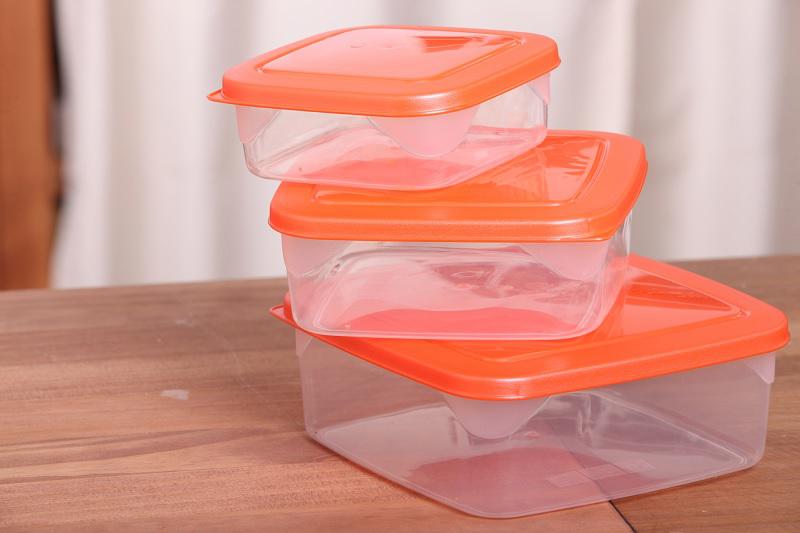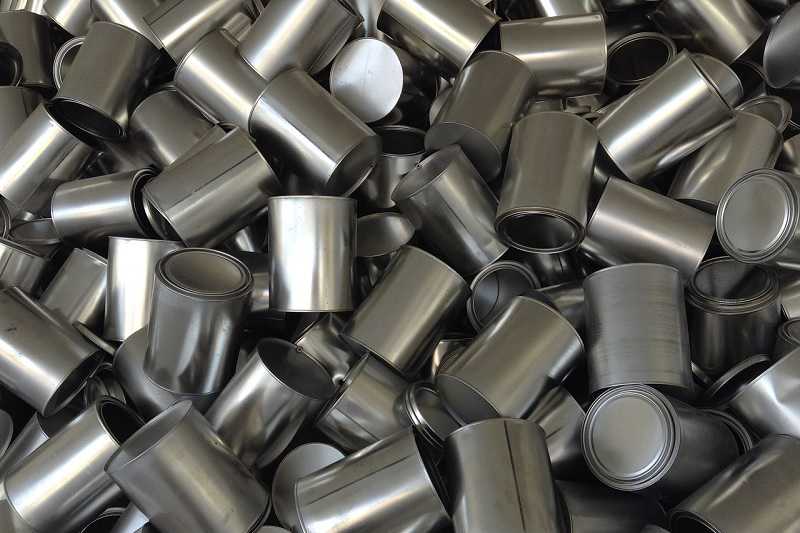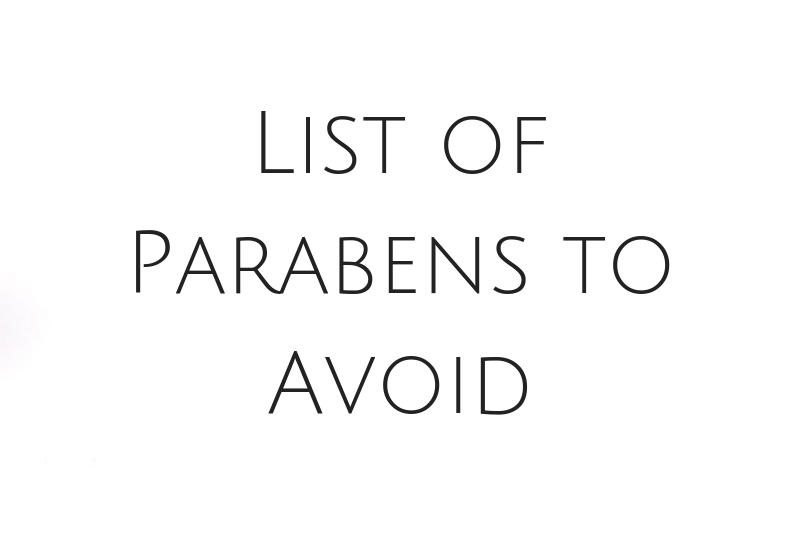If you want to minimise your plastic waste or go entirely zero-waste, it’s likely you’ve dug out your mum’s vintage Tupperware containers or invested in some cute plastic food storage containers from your local second-hand store.
However, using old Tupperware or plastic food containers like these might not be the most sensible or healthy option.
Yes, you’ll be helping to reduce the amount of plastic waste in the world, but thanks to a chemical called BPA, you could also be harming the health of yourself and your family.
Let me explain to you what BPA is, why scientists are so worried about this hormone-disrupting chemical and how to tell if there’s BPA lurking inside your Tupperware boxes.
Table of Contents
What is BPA?
BPA (bisphenol-a) is a chemical which is used to make a type of clear, hard plastic called a polycarbonate.
It makes plastic products look clearer and become more durable, stain and odour-free.
The chemical is most commonly used in products like water bottles, food storage containers, plastic drinking glasses, plastic jugs, baby bottles, Sippy cups, baby’s dummies, reusable water bottles, tin cans and even till receipts.
What’s the problem with BPA?
The problem is that BPA is a hormone-disrupting chemical which can leech from the plastic product we use into our food or drinks and enter our bloodstream.
Once there, it wreaks havoc on the hormones in our body, mimicking oestrogen, one of the main female sex hormones.
This can have a devastating effect on our health.
Numerous studies over the years have linked BPA with fertility problems, heart disease, insulin resistance and diabetes, asthma and hormone-dependent cancers.
BPA is especially dangerous for the development and growth unborn babies, infants and children. That’s why the use of BPA in baby products was banned in Europe in 2011 , and looks set to be completely taken off the market in 2019.
The problem gets even worse if the Tupperware or plastic item is exposed to heat, or gets scratched or damaged in any way.
How to tell if your Tupperware is BPA free
The good news is that, according to the Tupperware website, all plastic products that the company has made since 2010 are now FREE from BPA.
But sadly, the same can’t be said of its older products like sippy cups, drinking glasses, reusable water bottles, food storage boxes and so on.
What makes it even harder is the fact that those old Tupperware products are unlikely to have a label that can help you identify what kind of plastic it’s made from and therefore find out if it contains BPA.
So, what can you do? Here’s how you can tell:
- Is the item clear, cloudy or rigid? These items are highly likely to contain BPA, unless they carry a ‘BPA-free’ label.
- Check for recycling numbers. First check the underside for a plastic recycling number. If the number is 3, 6 or 7, the item is likely to contain BPA. If there’s no number and it was created before 2012, you should assume it contains BPA unless you can prove otherwise.
- Is it labelled with PC? PC stands for polycarbonate, so the item is likely to contain BPA.
- Ask the manufacturer. If you’re still unsure, it’s worth contacting the manufacturer to ask which plastic your item is made from.
What should you do with your old Tupperware?
As we mentioned earlier, old Tupperware won’t carry a plastic recycling number, so it would be pointless to pop it in your recycling bin. Most recycling centres wouldn’t know what to do with it and would simply throw it away anyway.
Why not consider upcycling your old Tupperware and using it in your garden or home instead?
Despite the health concerns, BPA is a chemical which can still be found in many plastic products, including that cute vintage Tupperware.
So, do yourself a favour and invest in some reusable glass or stainless-steel food containers instead. Your body and the planet will thank you.
Are BPA-free plastics safe?
Unfortunately, BPA-free plastics aren’t always safer than plastics that do contain BPA.
Some alternatives to BPA such as BPS have very similar effects to BPA.
This study on mice found that replacements for BPA had “similar biological effects”, negatively affecting their reproductive health.
However, Tupperware products aren’t made from bisphenols. Most new Tupperware products are made from polypropylene (PP) or low density polyethylene (LDPE).
According to Ecowatch, poplypropylene is a relatively good material for food storage as it has a high heat tolerance and doesn’t leach so many chemicals. LDPE, however, can leach estrogenic chemicals.
Therefore, it might be wise to switch to plastic-free alternatives to Tupperware.

Charlotte Witts is a writer and entrepreneur who wants to show you how easy it is to live a more conscious, zero-waste lifestyle. A confirmed yoga-addict, trail runner and ocean-lover, she currently lives in the Azores where she enjoys the simple pleasures in life.



